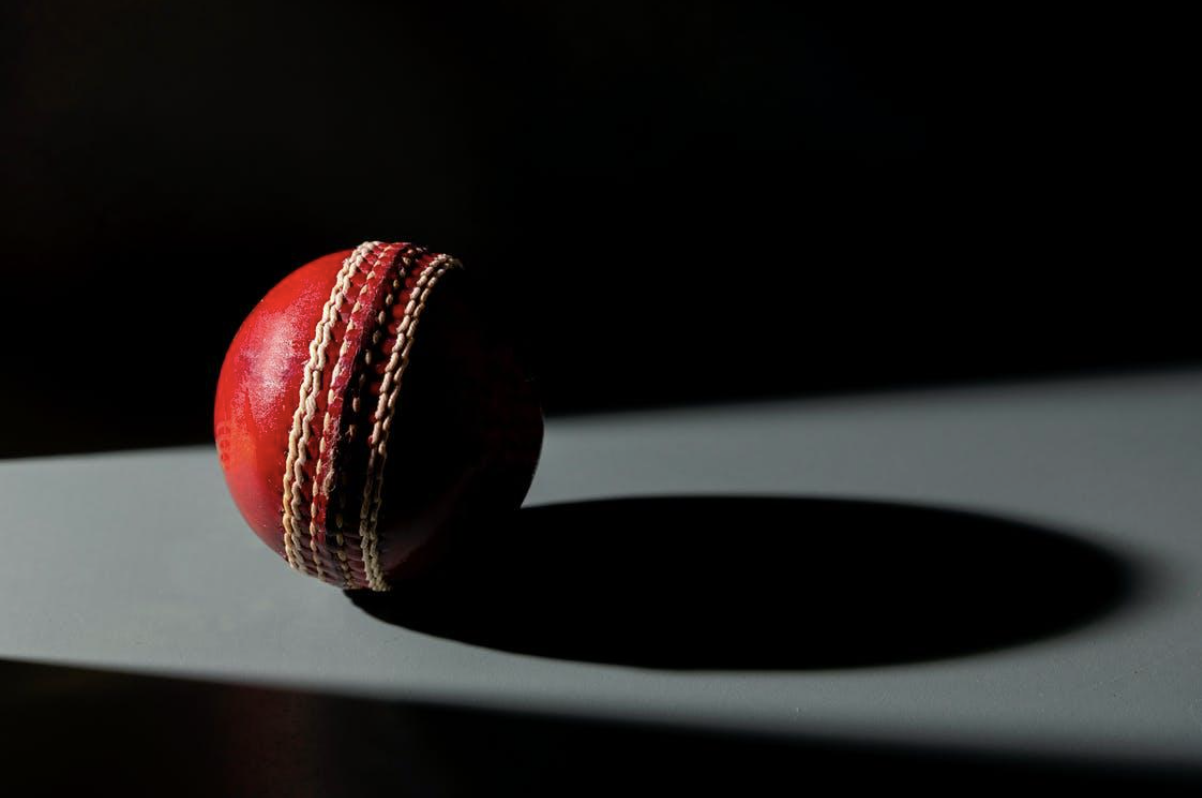Cricket fans will tell you that there are lots of rules within cricket that are pretty important, but that the follow on rule is one that is up there with rules that they are glad exists. During a test cricket match, each side usually bats for two innings. However, the follow on rule can change this, because it allows a side to win the game by only batting for one of their innings. It does cause some confusion when people first come across the rule, but it really is an essential part of test cricket.
What Does The Follow On Rule Mean?
Follow on rules basically allow the winning team to say that they don’t feel they need to bat their second innings in order to win the match. When both teams have batted their innings, if the first batting team are ahead by at least 200 runs then they can insist that the second team take their second innings straight away.
For example, the first team play and score 500 runs and are off to a great start. The second team play their innings and unfortunately only score 225 runs. This puts the first time ahead by 275 runs; so they can essentially force the second team to bat again straight away and ‘follow on’. It means that the first team, who are already in the lead, can often win the match more easily and quickly. Otherwise, they would need to play their second innings and put themselves even further ahead – and it can come to a stage where no matter how well the second team did, they just wouldn’t be able to score enough to win. Rather than play out this lengthy match, the second team can be forced to follow on and skip out the need for the first time to play their second innings at all.
There are some changes to the rules, for example, things can be changed if there is a loss of play due to weather. The rule of 200 runs is for 5-day test matches and things are adjusted for shorter length test matches.
Why Is It So Important
When you look back at the history of test cricket, the average score for a single innings is currently 324. Therefore if a team were bowled out for 200 runs less than this, they would reach a stage where beating the opposite team would be much more difficult. For the team in the lead, this simply means that they don’t need their team to play again if they are already likely to win anyway.
Conditions with a cricket test match can vary, however by asking the team to follow on the opposition team know they are going to be playing in similar conditions and therefore the chances are they are going to achieve similar results – great news for the team that is already in the lead because it means that they have less chance to catch up!
